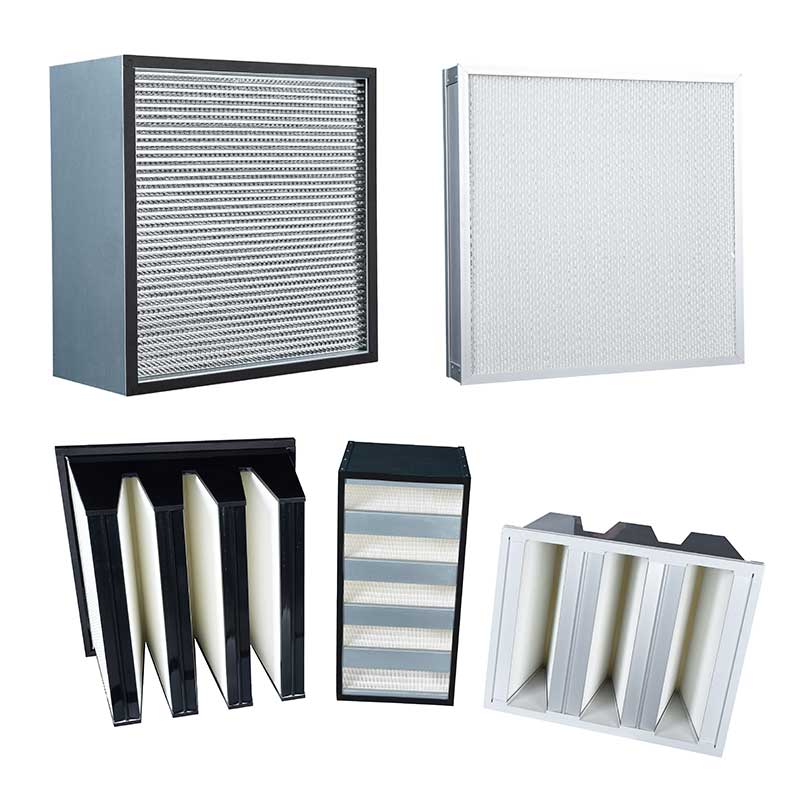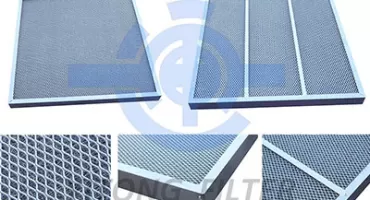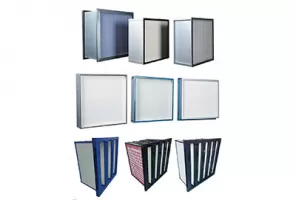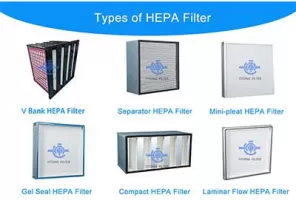 July 13, 2023
July 13, 2023
In modern society, air quality issues have become increasingly important to people. To improve indoor air quality, HEPA filters have become an essential device. This article will introduce the classification standards of HEPA filters and their applications in various contexts.

What are HEPA Filter Classification Standards?
HEPA filter classification standards are evaluation and classification systems for filter performance. They assess the ability of filters to capture and remove tiny particles from the air. The standards primarily consider parameters such as filtration efficiency, air resistance, and product quality.
HEPA Filter Classification Standards
According to the standards introduced by different countries, HEPA filters are classified into five grades: H10, H11, H12, H13, and H14. These grades are based on the filtration efficiency of the filters when capturing particles of different sizes. These standards are primarily used in Europe.
Applications of HEPA Filter Classification Standards in Different Contexts
1. Cleanrooms
Cleanrooms are environments that require extremely high air quality. Therefore, HEPA filters are used to effectively remove tiny particles from the air. In cleanrooms, commonly used filter grades range from F8 to F9 or H11 to H14. These filters can remove particles with a diameter greater than or equal to 0.3 micrometers and have low air resistance.
2. Dust-free Rooms
Dust-free rooms are environments that require minimal impurities and are commonly found in industries such as electronics, semiconductors, and pharmaceuticals. In dust-free rooms, filter grades typically range from H13 to H14. These grades of filters can effectively remove particles with a diameter greater than or equal to 0.3 micrometers to ensure the cleanliness and quality of indoor air.
3. Ventilation and Air Conditioning
Ventilation and air conditioning systems are widely used in commercial buildings, hospitals, hotels, and other places. To provide a healthy indoor environment, filter grades typically range from F7 to F9 or H10 to H12. These filters can effectively remove dust, bacteria, viruses, and other tiny particles from the air, ensuring fresh and high-quality indoor air.
HEPA filter classification standards play a significant role in different application scenarios. By using filters of different grades, it is possible to effectively remove tiny particles from the air and improve indoor air quality. Whether it is a cleanroom, a dust-free room, or a ventilation and air conditioning system, choosing the appropriate filter grade is an important aspect of ensuring a good indoor environment. We should select the suitable HEPA filter grade based on our actual needs to provide healthier air for our living and working environments.
 Sep. 26, 2023
High Temp Pre-Filters Ordered by Indonesian Customers
Sep. 26, 2023
High Temp Pre-Filters Ordered by Indonesian Customers
The High Temp Pre-Filters ordered by the Indonesian customers have been shipped.
 Jan. 14, 2025
The Ultimate Guide to HEPA Filter Units: What They Are and Why You Need One
Jan. 14, 2025
The Ultimate Guide to HEPA Filter Units: What They Are and Why You Need One
 Jul. 25, 2024
Understanding HEPA Filter H13: Superior Air Purification
Jul. 25, 2024
Understanding HEPA Filter H13: Superior Air Purification